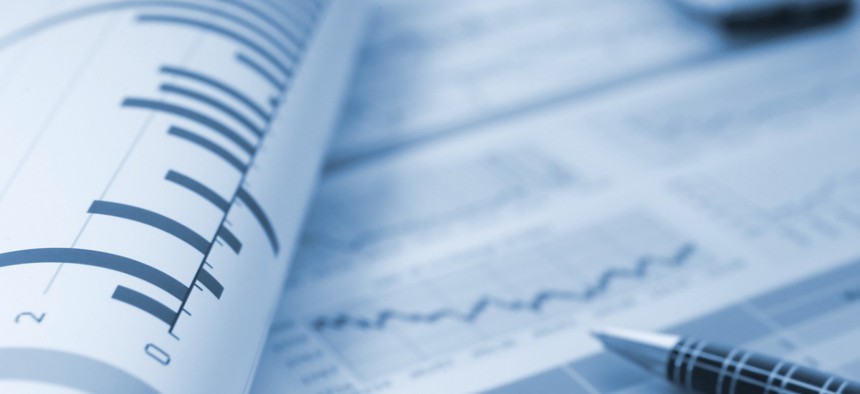TMF Continues To Struggle With Covering Costs, Recouping Investments

Avalon_Studio/istockphoto
The Government Accountability Office is encouraging project evaluation.
The Government Accountability Office released another report documenting the efficacy of the Technology Modernization Fund, again confirming the program’s costs are not being covered as quickly as they are supposed to be.
As of August 2021, the TMF board allocated about $89 million across 11 different projects, ranging from online portals to provide financial assistance to farmers to deploying a new enterprise cloud email system within the Department of Energy.
Across the $89 million invested in federal modernization initiatives, only two of the projects anticipate any cost savings as a result of the investment––a critical part of how the TMF is designed to operate. The majority of the projects reported either not expecting any cost savings or plan on savings within one to three years following system modernization efforts.
“The majority of the awarded projects have yet to realize cost savings and a number of projects have delayed the dates by which they expect to realize their savings,” the report reads.
Fundamental to the GAO’s review is comparing the amount of federal funding the TMF Program Management Office receives and distributes in funding against the returns it is slated to receive from the various government modernization projects.
The TMF resulted from the Modernizing Government Technology Act of 2017, and is meant to help government agencies improve their digital operations and better secure federal networks. It was awarded $175 million in Congressional funding in 2021 alone, with an extra billion dollars allocated to the program as part of the American Rescue Plan.
In order for the TMF’s budget to be replenished every year, its board awards grants to projects based on expected returns on investment.
A portion of the costs saved with the implementation of new technology would then be returned to the TMF, and help sustain the fund’s balance and operating costs, which have run at about $2.8 million since 2018.
The GAO’s recent report highlights major reductions in the scope of several government modernization projects, which equate to decreases in the anticipated fee collection that is later recouped by the TMF.
Projects from agencies like the General Services Administration, Department of Agriculture and Department of Housing and Urban Development all modified their original plans, resulting in decreases in cash awards to these agencies by millions in funding.
For the TMF, these changes mean the fund will see less of the anticipated returns on its investments. The slim returns have only totaled to roughly $808,880 in fees paid by partner agencies, representing approximately 29 percent of operating costs.
Just one of the agencies that applied for a grant from the TMF, the U.S. Equal Employment Opportunity Commission, responded to the GAO’s request for comment. EEOC Chairwoman Charlotte Burrows pushed back against the GAO’s conclusions that it’s project costs were unreliable, saying that it followed the current guidance from the TMF Program Management Office at the time.
The GAO has documented this problem previously in 2019, and continues to recommend in its recent report that the Office of Management and Budget––which oversees the TMF––and General Services Administration collaborate to implement a more effective plan to recover operating expenses through fee collection.
This comes as GAO analysts are unsure as to when the TMF will recover its investments and cover its operating costs. Prior estimates have suggested that the fund won’t collect overhead costs until 2025.
“While the TMF Program Management Office has improved its fee collection to recover about 29 percent of its operating expenses, as of August 2021 (as opposed to the 3 percent we reported in 2019), it is not clear when the program office will fully recover future operating expenses incurred in fiscal year 2022 and beyond,” the report said. “This reinforces the importance of OMB and GSA working collaboratively to implement a fee structure that accurately reflects the TMF program.”
GAO officials recommend that the GSA in particular improve and recalibrate the TMF cost estimate template for agencies to complete prior to submitting a grant application. Improving this process is supposed to reduce the changes in scope agencies make and give an accurate idea of the fee collection the TMF can anticipate.
It also recommended that the TMF Program Management Office should provide applying agencies with detailed guidance on their cost estimates, specifically regarding data elements.
“Absent detailed guidance from the TMF Program Management Office on how to complete the cost estimate template...agencies are at risk of continuing to provide incomplete or insufficient information in their project proposals,” the report recommends.
NEXT STORY: White House elevates CX with executive order



